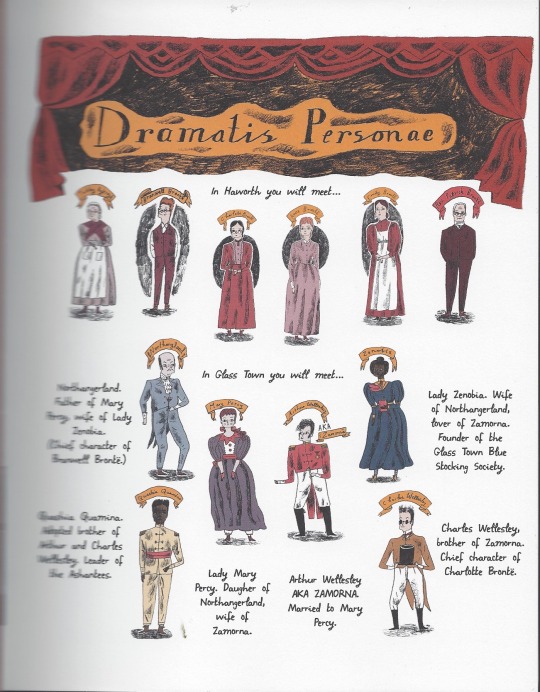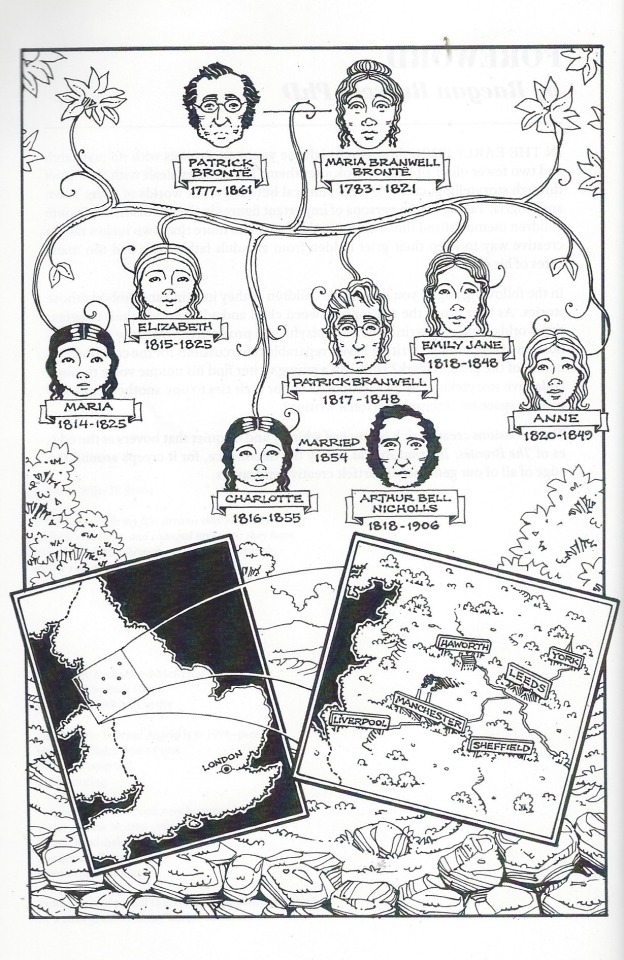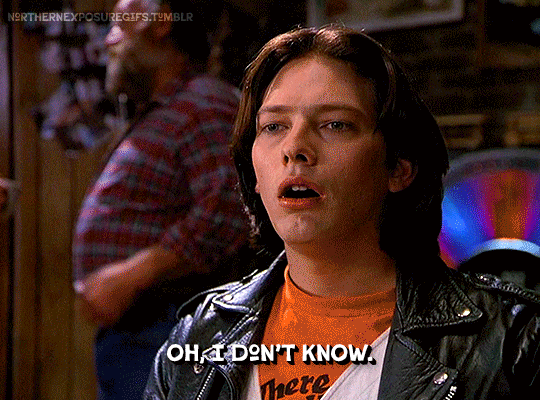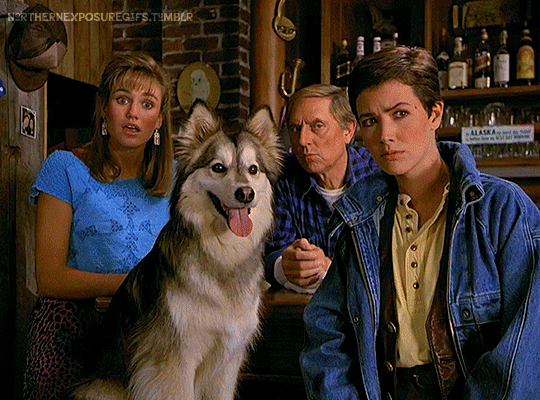#Rick Geary
Explore tagged Tumblr posts
Text

Out this week: Daisy Goes to the Moon (Fantagraphics, $19.99):
Rick Geary has spent decades applying his whimsical art style to stories about serial killers and true crime, but for this new graphic novel he’s adapting an actual, whimsical story — Daisy Goes to the Moon — by Mathew Klickstein. It’s about a girl named Daisy who travels by “rokitship” to the moon with the mysterious Mr. Z, where they encounter many-eyed monsters, time travelers and more.
See what else is arriving at your local comic shop this week.
#new comic book day#ncbd#new comics day#new comics#new comics wednesday#daisy goes to the moon#rick geary#fantagraphics#mathew klickstein
2 notes
·
View notes
Text







Happy birthday to Rick Geary!
8 notes
·
View notes
Text

Another quick sketch in the tiny Moleskine sketchbook I carry around at work. This is a copy of a drawing by Rick Geary of Bela Legosi.
#doodles handlon#www.deadcatcomix.com#artists on tumblr#little doodles#illustration#halloween#horror#dracula#bela lugosi#Rick Geary#moleskine
2 notes
·
View notes
Text
Comics Read 07/01-15/2023
A little over a year ago I did a post about reading two comic book biographies of Artemisia Gentileschi back-to-back. I wrote some lines about how the inclusion of them in my collection helps makes the act of collecting semi-autobiographical. Consider this a sequel to that post.
Over the two weeks I am writing about I read Glass Town written and drawn by Isabel Greenberg and The Brontës Infernal Angria written by Craig Hurd-McKenney and art by Rick Geary. Different takes on the same subject, how the Brontë children had a shared alternate universe which they all wrote stories about. I have owned a copy ofThe Juvenilia of Jane Austen and Charlotte Brontë from when I was a child, but I never read it. I probably should. The names of Angria and Gondal were familiar from reading about the Brontës. But because of not actually reading the Juvenilia, I first encountered Glass Town by name in Die, where it was treated as a proto-multi-player role playing game. Which, seems fair enough. Die wasn’t much interested in the subject of their writings, so this is all new to me.

Greenberg’s art in Glass Town is crude in the same way ND Stevenson’s and Gus Allen art work is. If anything it’s more childlike and inconsistent. I don’t love it, but I like how the lines work the limited pallet with a lot of dark, cool reds. It hints at the early industrial feel of their time period as well as the harsh climate of their surroundings.
The narrative starts in the aftermath of the the eldest Brontë sisters, Elizabeth and Maria, deaths. The creation of Glass Town is an escape from the trauma of their final illnesses at a poorly kept boarding school.
Charlotte narrates her tale of Glass Town, to a minor character from her stories who appears as her imaginary friend. They talk through the plot she worked on, which as presented here seems more related to Wuthering Heights than Charlotte’s actual novels. The story includes how while the children started sharing Glass Town, they split with Charlotte and Bramwell writing about Angria while Emily and Anne created Gondor. (Less of Emily and Anne’s writing on Gondal survives to the modern day than Charlotte’s work on Angria, hence why less of it is included in either of these accounts.) Probably because of this shared fantasy world with her brother, Charlotte is shocked by his decent into alcoholism while Emily catches early warning signs. It’s a rumination on the building of escapist fantasy in the face of tragedy and the creation of art. I don’t think it entirely works, but it makes me want to get back to reading the Brontë’s and writing about them.

Infernal Angria takes the shared fantasy world and creates an actual portal fantasy. The Brontës literally go between worlds and get used in political machinations in an alternate world’s monarchy. I hated it. The text is something of an apologia for Bramwell for being such a failure. He didn’t really fail, he was manipulated by much more mature people from a world he loved. Also it takes the “artists don’t die, they live through their art” to the extreme of the Brontës didn’t all die at shockingly young ages, they relocated to the other side of a portal. It’s silly and also unclear. It shouldn’t be both. The end had the author talking about his long love of the Brontës as well as a suggested reading list. Everyone in a while you find someone who has some shared enthusiasms but seem to take it in a direction that rubs you wrong.
At first glance, I would think that Geary’s art style is more my type than Greenberg's. But eventually I hated it because the shading was made with a crosshatching that got too easily confused with paterns used for fabrics or wood grains. It’s the shorter of these two books and the one that felt more like a chore to read.
The contrasting treatments of the the worlds of Angria/Glass Town is pretty interesting. The character in both have essentially the same back story, but as presented in Infernal Angria I didn’t feel like the narrative came off as a rough draft of Wuthering Heights. Glass Town treats the alternate world as a reflection on contemporary colonialism, while Infernal Angria approaches it as a pastiche of Medieval fantasy. It makes me wish I had read the source material even more.
Despite finding these books lacking, there will be more comic book takes on the Brontës in my reading future.
#comics#comic books#what i'm reading#Glass Town#The Brontës Infernal Angria#The Brontës#charlotte bronte#Bramwell Brontë#emily bronte#Anne Bronte#Isabel Greenberg#Craig Hurd-McKenney#Rick Geary
3 notes
·
View notes
Text

Graphics Classics Edgar Allan Poe Vol. One
by Eureka Productions
#Edgar Allan Poe#Graphic Novel#illustration#literature#american literature#Rick Geary#Lance Tooks#Matt Howarth#Lisa K. Weber#The Telltale Heart#King Pest#The Premature Burial#Eldorado#Spirits of the Dead#The Imp of the Perverse#The Raven#The Masque of the Red Death#Never Bet the Devil Your Head#Hop-Frog#The Cask of the Amontillado#The Fall of the House of Usher#internet archive
1 note
·
View note
Text






Wild Animals #1 (December 1982) by Pacific Comics
Written and drawn by Jim Engel, Larry Gonick, Rick Geary, Scott Shaw!, Sergio Aragones, George Erling, and Brian Narelle, cover by Scott Shaw.
#Wild Animals#1982#Pacific Comics#Indie Comics#Comic Books#Comics#Etsy#Vintage Comics#Jim Engel#Larry Gonick#Rick Geary#Scott Shaw!#Scott Shaw#Sergio Aragones#George Erling#Brian Narelle#Funny Comics#Lackluster Lizard#No Luck Duck
1 note
·
View note
Text



The dog is not Rick. I'm stating categorically and in no uncertain terms as a scientist and as a human being... no dog can come back to Earth and be Rick.
#northern exposure#ed chigliak#shelly tambo#maggie o'connell#holling vincoeur#rick pederson#darren e. burrows#cynthia geary#janine turner#john cullum#nx#90s television#90s tv shows#3x04 animals r us
37 notes
·
View notes
Text

12 notes
·
View notes
Text

#general hospital#gh#soap opera#80s tv#magazine#tony geary#luke spencer#bobbie spencer#genie francis#jackie zeman#Joe Kelly#doug sheehan#Anne Logan#susan pratt#denise alexander#chris robinson#Lesley Webber#Rick Webber#laura webber#laura spencer
1 note
·
View note
Text

The Christmas issue of Profiles, the magazine for Kaypro computer users, December/January 1985. Cover art by Rick Geary.
41 notes
·
View notes
Text
Today's eBay spotlight (Seller ID: RadioIndy)! Blanche Goes To Paris #1 from 2001! Classic indie strangeness by Rick Geary from Headveins Graphics! #comics #blanchegoestoparis #rickgeary #headveinsgraphics #2001 #VintageComics #ComicCollector #comicdealer #auctions #ebay #RadioIndy #DownsizingMyCollection #EverythingMustGo #BuyMyStuff
instagram
3 notes
·
View notes
Text




2 notes
·
View notes
Text
Episode 565 - Danny Fingeroth
With the 60th anniversary of the assassinations of JFK & Lee Harvey Oswald, Danny Fingeroth brings us the new biography, JACK RUBY: The Many Faces of Oswald's Assassin (Chicago Review Press). Danny & I talk about what drew him to tell Ruby's story, how many JFK conspiracy rabbit-holes he had to avoid, the challenges of separating Ruby's life from myth & speculation, and how the bio began as a graphic novel collaboration with Rick Geary (!) before its prose incarnation (although he's still hoping for an adaptation). We get into what he learned from talking to Ruby's rabbi, Hillel Silverstein, the figures he would have loved to interview for this book, what Ruby's siblings & their kids went through in the aftermath of Jack's moment of infamy, the circus of Ruby's murder trial and Melvin Belli's failed epilepsy defense, and the danger of treating Ruby's life like a sitcom. We also discuss Danny's dizzying résumé, including his 20-year run as a writer & editor at Marvel Comics, discovering himself as a biographer with Stan Lee: A Marvelous Life, the complexity of the (working) relationships of Lee, Jack Kirby & Steve Ditko, the surreal of experience of meeting Gabe Kaplan while promoting JACK RUBY, and more! Follow Danny on Twitter, Facebook, Instagram, and Bluesky • More info at our site • Support The Virtual Memories Show via Patreon or Paypal and via our Substack
Check out the new episode of The Virtual Memories Show
2 notes
·
View notes
Text

Transparent edit of Ari from "Cyberantics!" by Jerry Prosser and Rick Geary.
4 notes
·
View notes
Text

Waitress School from RAW No. 3
by Rick Geary
#comics#fantagraphics#comic books#art#illustration#panelswithoutpeople#b&w#black and white#Raw#Raw magazine#Rick Geary#Waitress School#kitchen appliances#toaster#hot plate#juicer#blender#mixer#fantagraphics books
1 note
·
View note
